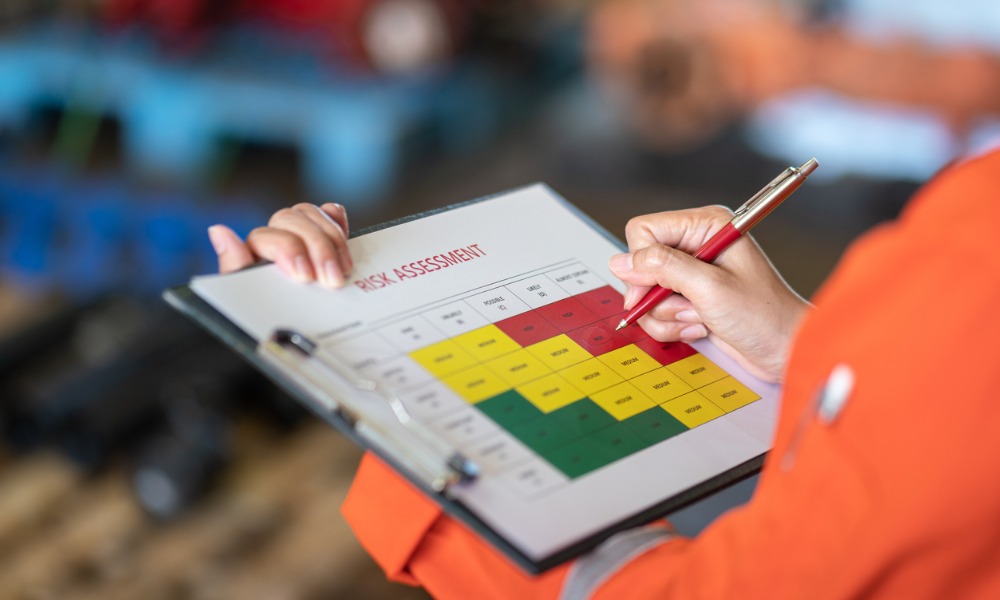
New research shows that 97% of businesses are exposed to health and safety risks

A recent study found that an overwhelming 97% of workplaces in Australia and New Zealand are still susceptible to health and safety risks, with 8.7% facing unacceptably high levels of risk.
Despite increasing calls for a zero-risk approach, only 3% of organisations feel adequately prepared to manage environmental health and safety (EHS) risks.
The report, prepared by Focus Networks and commissioned by software platform HSI, involved over 1,000 EHS professionals globally, and points to a significant challenge in capturing and acting on crucial data promptly to prevent or respond to incidents. 68% of EHS leaders express a lack of confidence in the quality and quantity of the data being collected. This underscores a collective belief that processes can be significantly improved.
This highlights the importance of data-driven decision-making in ensuring workplace safety. It's crucial to assess and address the gaps in data capture and use to enhance overall safety measures. This aligns with behavioural economics, which suggests that overconfidence in an organisation's ability to respond to future events can be countered by objective data.
The study also reveals variations in EHS maturity across industries, emphasising that a one-size-fits-all approach may not be effective. Industries like healthcare, with a maturity score of 63.6 out of 100, outperform others, while the construction industry, scoring only 49.3, falls short. HR leaders should consider industry-specific challenges and tailor safety measures accordingly.
The research identifies key factors that can significantly improve workplace safety. Many organisations grapple with complexity due to disconnected systems, making it challenging to act on time-sensitive safety data. Implementing a simple, integrated system can streamline processes and enhance the overall safety landscape.
The study indicates a prevalent approach to health and safety as compliance rather than an integral part of risk management or an investment in people and culture. HR leaders can spearhead a shift in the organisational narrative, positioning health and safety as a strategic part of the vision rather than a compliance obligation. This includes viewing technology not just as a tool but as a means to reduce complexity and enhance real-time data utilisation.